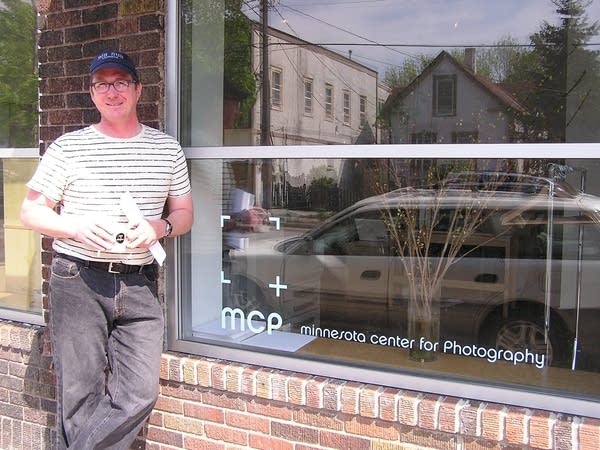Conflict between arts groups and their boards at the heart of recent turmoil

Most nonprofit arts organizations are governed by boards of directors, because it's required in order to be a 501(c)(3) organization under tax rules from the Internal Revenue Service.
Obtaining 501(c)(3) status from the IRS allows arts organizations to receive grants. And it permits people to claim their donations to the arts groups on their taxes.

Kathy Graves, a strategic planning and communications consultant, says while many artistic directors want the financial aid, they're reluctant to work with a board, because they're afraid they'll somehow lose creative control. She says, though, that is usually not the case.
"Strategic planning and governance can set you free," said Graves. "It means your organization is really positioned to soar, and you don't have to deal with daily dragging down of undefined problems or blame thrown both ways."
Create a More Connected Minnesota
MPR News is your trusted resource for the news you need. With your support, MPR News brings accessible, courageous journalism and authentic conversation to everyone - free of paywalls and barriers. Your gift makes a difference.
Graves says a healthy arts organization needs both a strong artistic vision and strong governance from the board in order to thrive in the long term. She says when either falls out of balance, things can get ugly.
Graves says it's important from the very beginning for a nonprofit to define everyone's roles clearly.
"Agreement on governance up front is probably the thing I see that's missing in most nonprofit organizations," said Graves. "There are not clearly defined expectations, clearly defined roles and responsibilities."

Graves says that may be because boards of many arts organizations are created with little thought, other than to qualify for 501(c)(3) status.
The board starts as a group of hastily assembled friends. But as the organization grows, the board becomes more important.
Being on the board of a nonprofit organization can be a thankless job. Unlike being on the board of a for-profit, there's no pay involved, but there can be a lot of work. If anything goes wrong with the organization, it's the board that ultimately assumes fiscal responsibility.
Ben Krywosz is the artistic director of Nautilus Music Theater. His organization has a board, and he has served on boards of other nonprofits.
He says boards come in all different shapes and sizes -- some are there for moral support, some do a lot of grunt work and fundraising, others play a more advisory role. That makes choosing the right people critical.

"If you have a working board who is going to be involved in the day-to-day activities of the organization, then you probably shouldn't have somebody whose only reason to be on the board is because they want to tell their friends that they're on the board of this exciting organization. You're probably not going to get any work out of them," he said.
Krywosz, himself the artistic director of a 501(c)(3) company, feels many small and mid-sized arts organizations are incorrectly claiming the 501(c)(3) tax status.
Krywosz says the status was initially intended for pillars of the community, such as hospitals or schools.
"That makes sense when the arts organization is, in fact, an institution. If you're dealing with a symphony or a large theater or an opera -- there you've got a board of directors which establishes the basic mission of that organization, which is to provide an art form to the community," said Krywosz "That may not be as appropriate for an organization that is built around the vision of a single artist."
"Strategic planning and governance can set you free. It means your organization is really positioned to soar."
Unfortunately for many arts organizations, the 501(c)(3) tax structure is the best financial model currently out there.
Laura Zabel, executive director of Springboard for the Arts, a resource organization for artists, says the whole nonprofit structure can seem illogical, with volunteers managing the full-time staff.
"As an artistic director or an executive director, essentially the board is your boss," said Zabel. "But you have a lot of say in who those people are, and they rely on you a lot to tell you how things are going. It's a bizarre relationship."
Zabel says Springboard for the Arts is one of several groups interested in coming up with a new model for artists that's better than the 501(c)(3).
"We have an incubator program that houses about 40 emerging organizations, none of whom have their 501(c)(3) yet. Probably half of them are focused on doing that, and are going towards that goal," said Zabel. "And the other half just aren't sure that's the model that's going to get their work done most effectively."
As to why so many arts organizations are closing or having major problems right now -- Kathy Graves, Ben Krywosz and Laura Zabel all have ideas.
It could be the economy, putting more pressure on arts organizations to make ends meet. It could be the baby boomer effect -- a whole generation of artistic directors who founded their own theaters or dance companies are getting ready to retire, and it's becoming increasingly clear that a succession plan is not yet in place.
Or it could be the lack of free time. People are too busy to devote themselves to serving on a board. When they do join a board, they don't give the job the attention it deserves.
